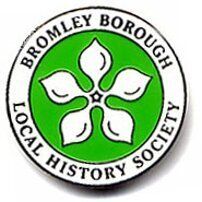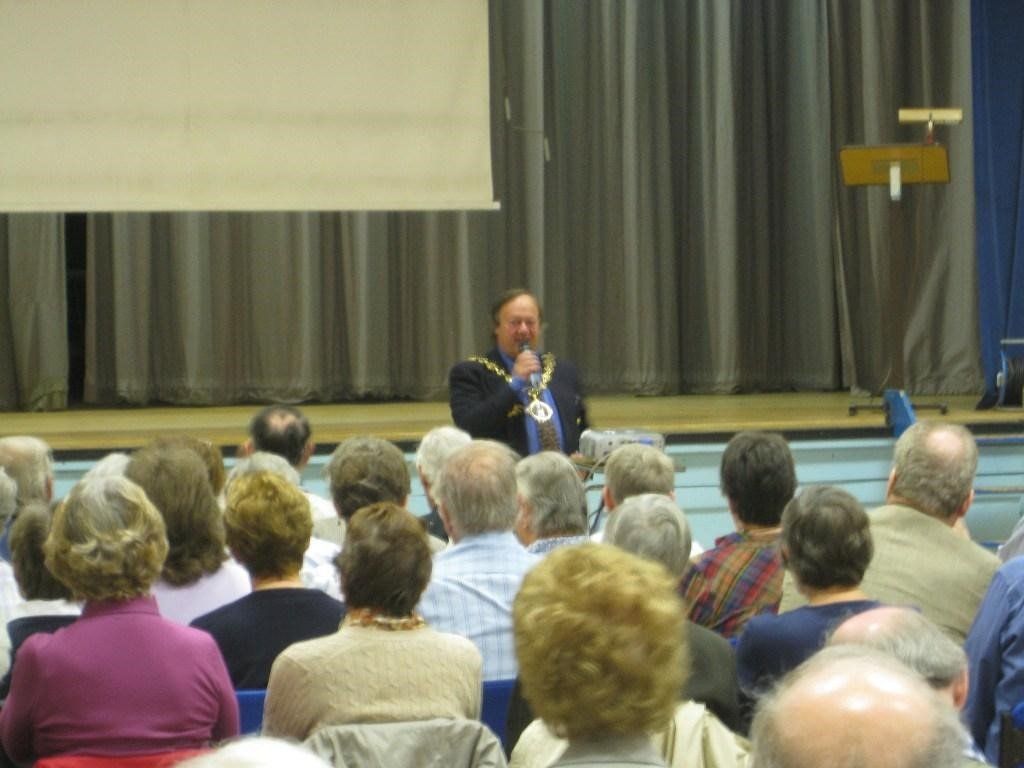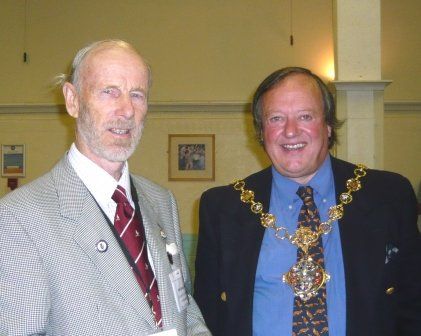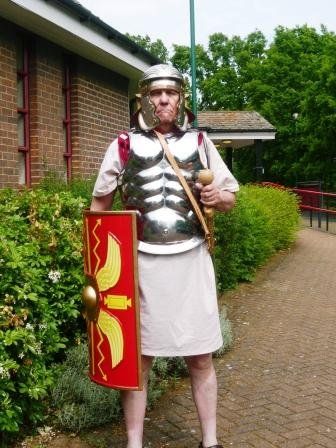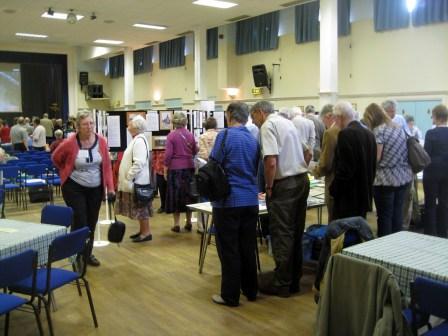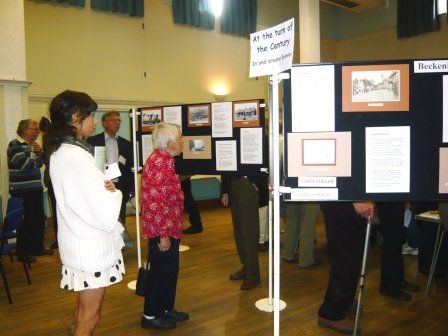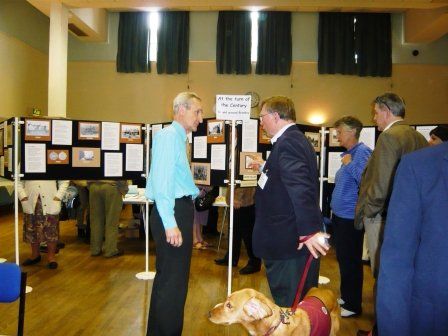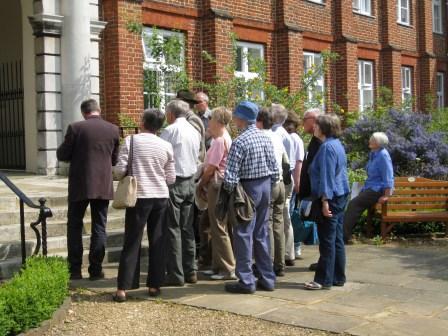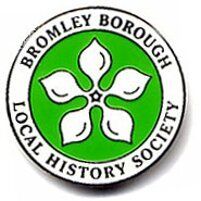The history of Bromley from Roman times and earlier to the 20th century was revealed to fellow historians from across Kent at the Kent History Federation annual conference organised in 2011 by BBLHS. A warm welcome by the Mayor, Councillor George Taylor (right), and KHF President, Dr. John Whyman, started the proceedings punctually.
Over 160 delegate from as far away as Hythe, Headcorn and Wateringbury, as well as many from our neighbouring local history societies in NW Kent travelled to the London Borough of Bromley, to discover that we have a wealth of local history second to none. As our first speaker and vice chairman Michael Rawcliffe pointed out: “The borough is both urban and rural with two major rivers and Green Belt that has preserved many villages and we still think of ourselves as part of Kent, not of South London.” Michael’s talk Bromley & its Environs - 200 years of Development traced the developments that led to the suburbanisation of much of the borough.
